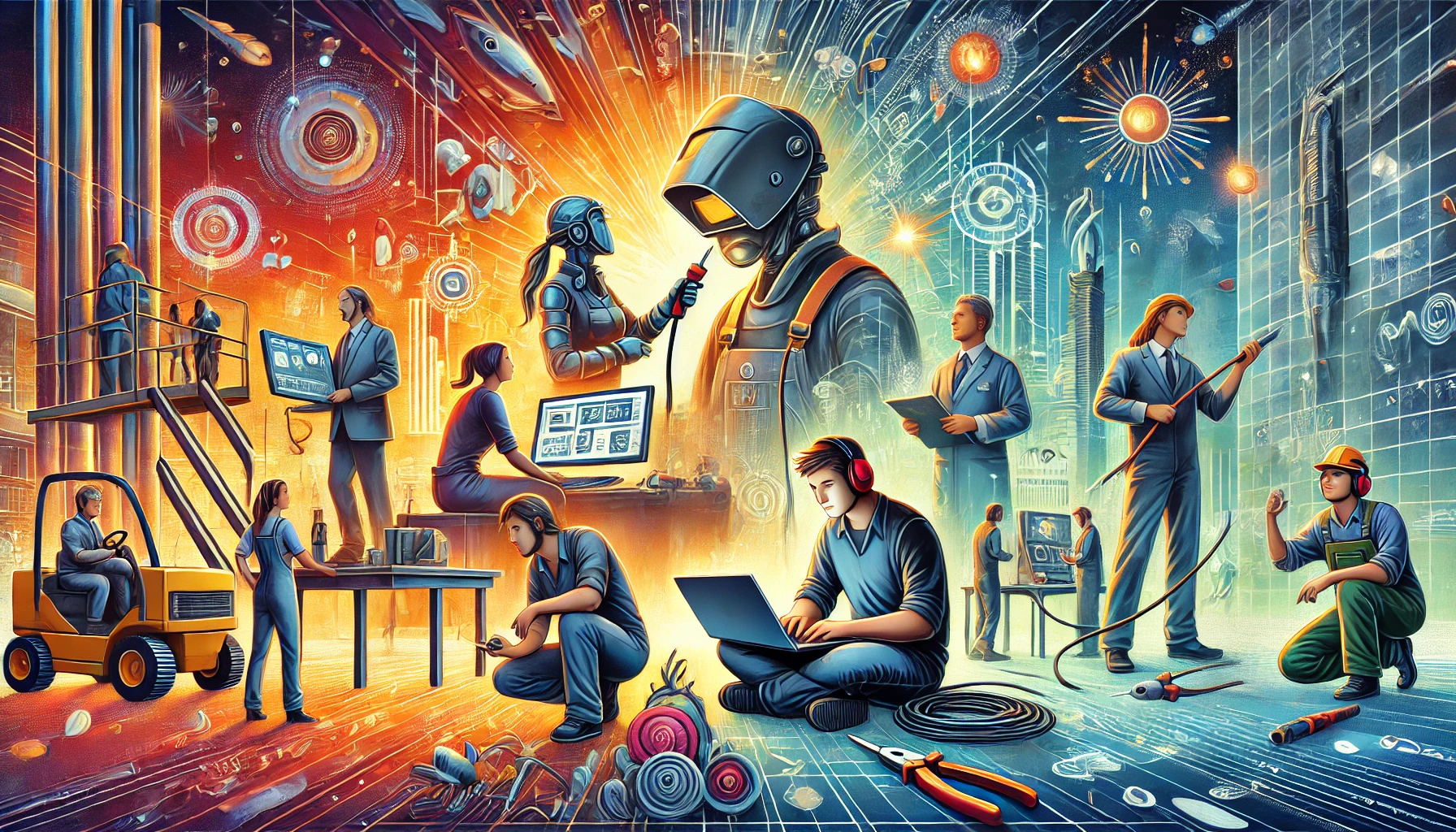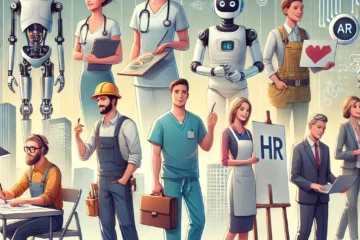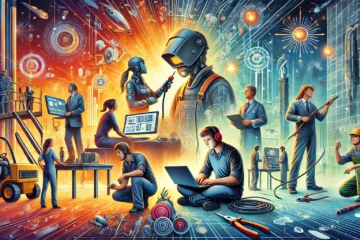
Breaking Stereotypes: Why Trade Schools Are the Future of Education
For decades, trade schools have been overshadowed by the traditional four-year college path, often viewed as a lesser option. However, this perception is rapidly changing. As industries evolve and demand skilled professionals, trade schools are emerging as a critical pillar of modern education. Here’s why they are breaking stereotypes and shaping the future of education.
Stereotype 1: Trade Schools Are for Those Who Can’t Handle College
The Reality: Trade school students are highly capable individuals choosing a focused, hands-on approach to learning. Instead of studying general education subjects, they dive straight into acquiring practical skills. This targeted education equips them for high-demand careers like welding, healthcare, and cybersecurity, which require expertise and precision.
Stereotype 2: Trade School Jobs Don’t Pay Well
The Reality: Many trade school graduates earn competitive salaries, often surpassing the earnings of their peers with four-year degrees. For instance:
- Electricians can make over $60,000 annually, with opportunities to earn more through specialization.
- HVAC Technicians often start with salaries around $50,000 and can advance quickly.
- Trained Auto Tech: The Bureau of Labor Statistics states that the average annual income for a trained US auto technician is $47,000
- Cybersecurity Specialists frequently earn six-figure incomes.
Additionally, trade school graduates avoid the crippling student debt associated with traditional college degrees, giving them a financial advantage early in their careers.
Stereotype 3: Trade Schools Lack Prestige
The Reality: The prestige of a career is determined by its impact and demand. Trade school graduates are the backbone of essential industries. Without plumbers, electricians, mechanics, and healthcare workers, modern life as we know it would grind to a halt. Their contributions are vital, respected, and increasingly celebrated.
Why Trade Schools Are the Future
- Meeting Workforce Demands:
The demand for skilled trades is skyrocketing, with industries like construction, technology, and renewable energy facing labor shortages. Trade schools are filling this gap by producing job-ready graduates who contribute to these critical sectors. - Adapting to Technological Advances:
Modern trade schools incorporate cutting-edge technology into their curriculums, ensuring students are prepared for future challenges. From AI in manufacturing to advanced diagnostics in automotive repair, trade school graduates are equipped with next-generation skills. - A Pathway to Entrepreneurship:
Many trade school graduates use their skills to start their own businesses. Whether opening an auto repair shop, launching a construction company, or freelancing as a web developer, these individuals enjoy autonomy and financial independence. - Fostering Diversity:
Trade schools are breaking barriers by attracting students from diverse backgrounds, including women entering male-dominated fields like welding and minorities finding accessible pathways to economic mobility.
Success in Action: A Case Study
Consider Sarah, who pursued a career in plumbing after attending a trade school. Initially hesitant due to stereotypes, she quickly excelled and became a licensed plumber. Today, she owns her own plumbing business, employs a team of professionals, and is an advocate for women in trades.
Her story is not unique. Across the country, trade school graduates are defying outdated notions and proving the value of vocational education.
Conclusion
The stigma around trade schools is rapidly fading as their value becomes undeniable. By offering affordable, focused, and practical education, trade schools are empowering students to succeed in essential industries. They’re not just an alternative to traditional college—they’re a pathway to fulfilling, lucrative, and impactful careers.
Trade schools are no longer the future of education—they’re the present. Are you ready to join the movement?








